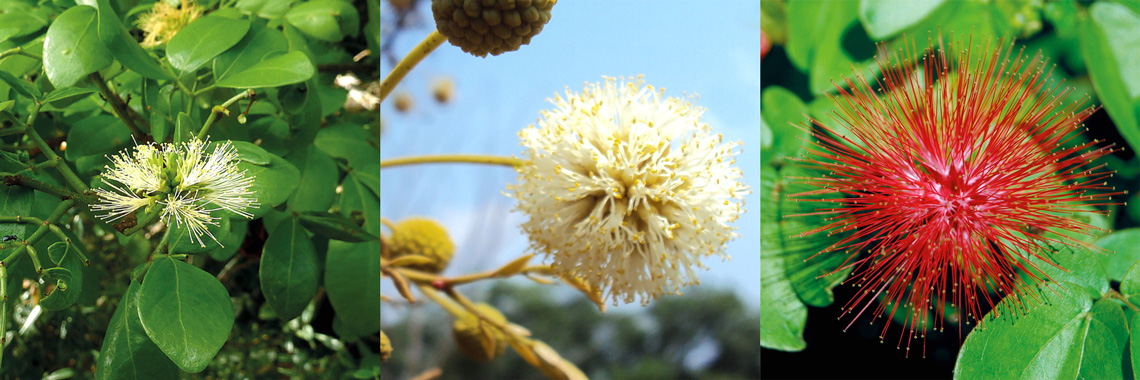Evolution experts have long debated the role of geographic distance and climate in species diversification. An analysis of almost a thousand genes from 420 species of the Mimosoideae lineage, a subdivision of the legume family, has just turned the spotlight onto rainfall. The plants can be found on five continents, in environments as diverse as deserts and rainforests. In the tropics, geographic distance is the main factor behind species isolation and consequent divergences. But the cause differs when examining each continent separately. In four of them, rainfall patterns are the main contributor to species diversification. The exception is Asia, where the climate is more uniform and there are many archipelagos. In Brazil, the data indicate a significant differentiation between Mimosoideae species in the Cerrado, Caatinga, Pampas, Amazon, and Atlantic Forest biomes. “The lineages diversified in each environment as a result of distinct rainfall patterns,” explains João Iganci, a botanist from the Federal University of Pelotas. According to Iganci, similar levels of species diversification are seen on other continents. He highlights that this is the first comprehensive, global study of its kind, made possible thanks to an international group that has been working together for over 10 years, including Brazilian universities and research centers (Science Advances, February 17).
RepublishBiodiversity
The climate, a driver of diversification

The many forms of Mimosoideae (from left to right): Abarema cochliacarpos, native to Brazil; Xylia xylocarpa, from Southeast Asia; and Calliandra emarginata, found in the USA
Alex Poppovic / Flickr | Vinayaraj / Wikimedia Commons | MattWade / Wikimedia Commons